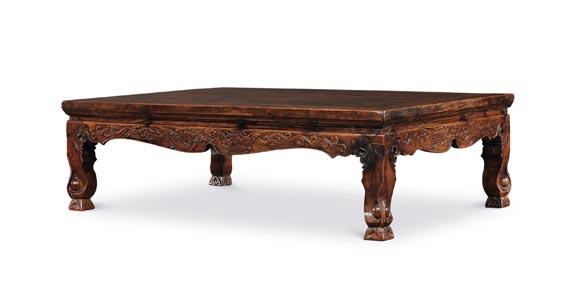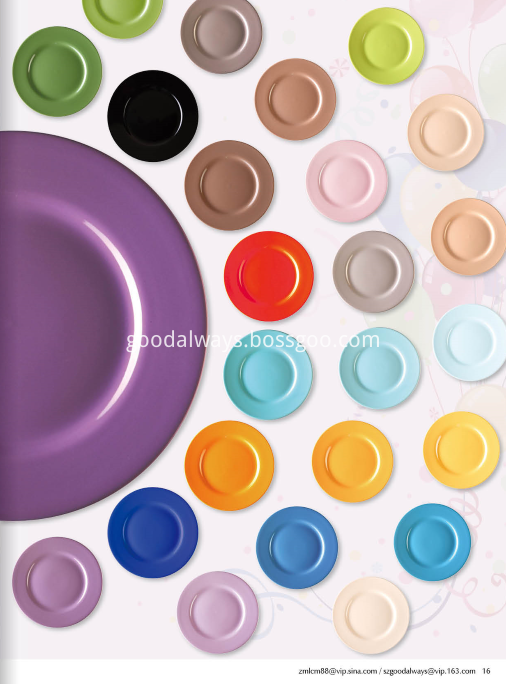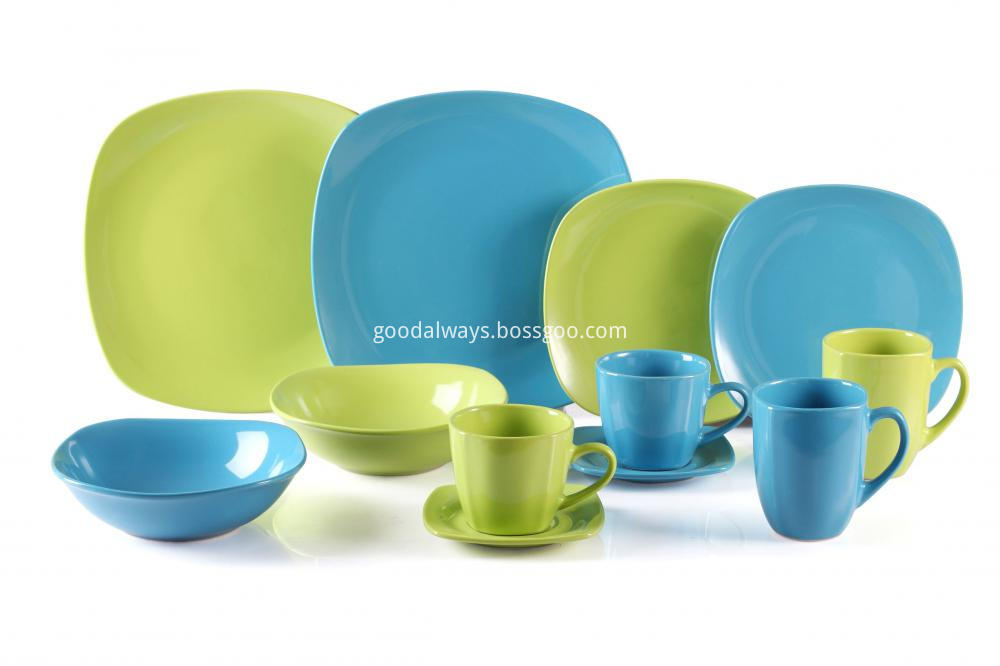Traditional furniture has a difference from modern homes, and traditional furniture is historic. China's furniture is relatively early, and China's furniture civilization is the civilization of life, so Chinese furniture has a certain developmental context during the prevailing period. There are several very important historical stages in the development of furniture in China, so furniture is a human culture. As early as in our unearthed relics, there was a prototype of Chinese furniture in the Shang Dynasty. When we arrived in the Warring States Period, we saw very fine furniture in the relics unearthed from the Tomb of the Han Dynasty. By the time of the Sui, Tang, and Five Dynasties, China's wooden furniture had been very developed, and a prototype had been formed, which created a trend in the development of such furniture, which had a great impact on the development of furniture in the future. It can be said that every leap in furniture culture is inseparable from the historical environment, cultural environment and economic development environment at that time. Ming·Huanghua Pear has a waist and should be folded with a dragon pattern When studying the history of these furniture, it is difficult to see except for a small number of unearthed artifacts. The history of our study of furniture can only be studied from painting and calligraphy. In the Five Dynasties period, "Han Xi Zai Han Shu's Last Words" depicts the amateur life of Han Xi Zai at that time. There are canopy beds, tea tables, chairs, hangers, washbasins and so on. At that time, the prototype of the furniture was basically the same as the shape of the official hat chair of the Ming Dynasty furniture that we saw today. Therefore, the development of this furniture culture is in harmony with the entire historical development of China, and it has its independent development. In the Tang Dynasty, especially after the Ming Dynasty, our furniture has incorporated more cultural connotations, which have caused great influence in the world, including the traces of Ming furniture in the furniture of Western European Renaissance, so China The development of furniture is inseparable from the cultural history and economic history of China. The carrier of furniture has attached to several major schools in our country, including Buddhism and Confucianism. It incorporates many philosophical ideas, artistic ideas, and humanistic ideas, so we believe that traditional furniture is a culture. Especially in the middle and late period of Chinese history, the mainstream of furniture is mainly in the court, and of course there are some folk furniture. This kind of furniture has become the carrier of culture based on the court-led culture, including the antique furniture that we produce now in large quantities, which are based on the furniture of the nobles. Combining furniture and wood, as a very beautiful art is also the first in China, so China first recognized rosewood and knew rosewood. The literati have a very beautiful description of the color and texture of rosewood. Rosewood, especially Hainan huanghuali, they describe its pattern into layers, especially as furniture, and add some scientific and humanistic content, so that the Ming Dynasty furniture reflects a very high artistic and cultural connotation. . The Ming style furniture has beautiful lines, paying attention to the harmony of the heavens and the earth and the balance of symmetry. It reflects the golden mean and reveals the profound meaning of Chinese culture. In addition, it is very restrained and not as flamboyant as European furniture. So to see if a piece of furniture is doing well or not, depends on whether it reflects the traditional Chinese cultural thoughts. When it comes to inheritance and development, what is inherited? Inheriting is the traditional Chinese culture, which is the basis of our development. For example, if you are a Chinese-style furniture, if you completely innovate from the traditional ideas of Chinese culture, then it is non-Chinese traditional furniture, which has become a non-native Western-style furniture, or a furniture that is not in the air. Of course, we do not deny that Western families have their own characteristics, and it focuses on its design philosophy. Therefore, furniture has the characteristics of each era, reflecting the political, economic, cultural, artistic, philosophical and other cultural connotations of this era. We inherit this kind of thinking, we must develop on the basis of traditional culture, and we cannot leave this main line. The topic of inheritance and development is not a new topic. It has been the main direction of our research for many years. Each era has the characteristics and artistic characteristics of each era. When we identify the cultural relics, we also grasp the cultural characteristics of this era to distinguish its age. In addition, it must be studied from its styling concept, its surface pattern, its structural mechanics, and its ergonomics. I often say that Ming style furniture is a very important stage in the history of furniture development. It is relatively mature, and its cultural concepts and philosophical thoughts are relatively clear. It reflects the harmonious, peaceful, heavenly and earthly, and the balance of mechanics. At the same time, it also introduced artistic ideas, so the "Huanghua Pear Culture" was formed. In the Qing Dynasty, the philosophical thoughts and institutions based on the palace culture were combined to form the "red sandal culture." Therefore, as a piece of furniture, it is not a matter of casually taking wood. To make furniture, you must first learn how to choose materials, how to mix materials, how to use the color and texture content, in order to make very good furniture. Although the wood has been increasing in value over the years, its appreciation is not in the wood. The rise and fall of timber is related to the growth of furniture, but it is not an absolute relationship. Although some wood does not grow in China, good red sandalwood grows in India, but the Chinese are the first to recognize this kind of wood. It can take advantage of the color of the wood, the texture of the wood and even the density of the wood, and subtly combine it with Chinese culture to create very fine furniture. Without such wood, it is impossible to form the cultural characteristics of that era, including the Huanghua pear culture and the red sandalwood culture. Now not only look at the use value of furniture, but also its artistic value and human value. Why a set of furniture can sell for millions or even higher. The price is not sold from wood alone because it incorporates historical, scientific and artistic content in the connotation of furniture. The things of the Qing Dynasty were different from those of the Ming Dynasty, because the Qing Dynasty embodied the cultural thoughts of the Qing Dynasty, the politics of the Qing Dynasty, the philosophy of the Qing Dynasty, and the court wisdom of the Qing Dynasty. The red sandalwood used in the Qing Dynasty is very dark and very beautiful. Although the color is very dark, it embodies a very solemn and deep aesthetic. The system of the Qing Dynasty people decided to do so. We sat in the chair of the Qing Dynasty and went straight up and down. It was very uncomfortable, but it was very solemn, and it was very majestic. It showed the imperial spirit and showed the nobles, especially the royal family, because the furniture of the Qing Dynasty developed. Developed on the basis of the Ming Dynasty, so the preserved furniture has the most rosewood. From the texture point of view, Qing Dynasty furniture I personally think is the peak stage of the development of Chinese furniture history, it not only clever use of wood, but also it uses a combination of materials to further increase the pace of art development, we see There are also antique furniture. China is a multi-ethnic country, and the culture and art of many ethnic groups are very beautiful. But with the advancement of science and technology, the development of the times, and the development of the economy, these things are not eliminated or endangered. So we have to talk about protection, including furniture. We copy it and develop it as an aspect of cultural protection. However, our protection is not an inherent, blind imitation. It must be innovative and develop, but this development cannot be separated from our traditional culture and traditional ideas. We can use a variety of processes, even using current science and technology, including our further study of its mechanical structure and ergonomics and structural art. The origin of Chinese furniture and the ancient Chinese architecture are passed down. Our ancient architecture is a wooden structure. Therefore, the relationship between the top pillar and the insert of the building has created our furniture. Without this cultural foundation, the design of traditional furniture may be biased.
Named: Tableware Dishes/Plates
Material: Stoneware
Style: Color glazed
Size: 12inch/10.5inch/9.5inch/9inch/8inch/7.5inch
Shape: Round/Coupe/Square/Oval ect
Using: Dinner/Salad/Soup/Pizza/Pasta
MOQ: 3000pcs/color
Port: Qingdao
Service: Logo printing & own design decal is welcomed!
Stoneware Color Dish,Colorful Dinner Dishes,Side Plates,Stoneware Color Plate Shenzhen Good-Always Imp.& Exp.Co.Ltd , https://www.good-always.com

